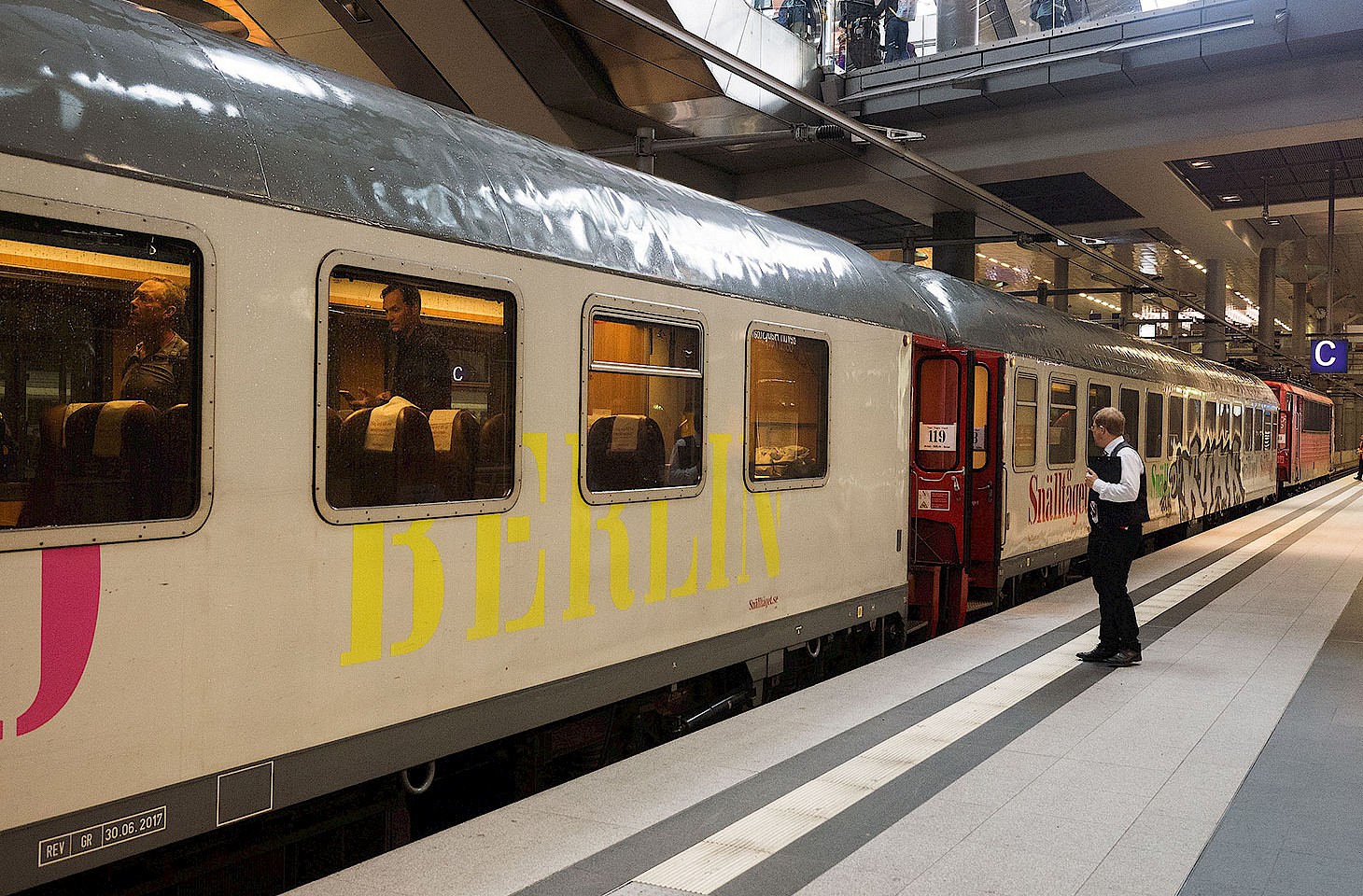Dear fellow travellers
Few of the passengers snoozing on the train even noticed Gornje Lezece. The train had twisted and turned through valleys where the hillsides tilted sharper and sharper, sharp screeches of wheels on ancient rails, and the wind blowing madly through open carriage windows. And then, after a long climb, just on the edge of the karst, the slow train stopped. The wind dropped, and for a moment, there was just the rasping sound of a lone cicada in the distance. A goat crossed the railway and paused beside the tracks to glance at the train before running off to safety behind a mountain ash laden with red berries. For a while, we were alone in the Slovenian karst, Vremscica's gentle slopes to the north and, in the opposite direction, the land tumbling away to the Reka valley far below. A hundred years ago, Gornje Lezece was at the hub of a great system of aqueducts that provided water to this arid land of potholed limestone. Here, the steam engines of the Austrian Southern Railway, labouring through the mountains and valleys from Trieste to Vienna, would stop for water. Near the railway tracks, a handsome building with blue doors houses the old water reservoir. Today it is half covered in ivy - a silent tribute to a wonderful piece of hydrological engineering that made it possible for steam trains to traverse the arid karst.
Our slow train waits at Gornje Lezece in the late summer sunshine. A minute stretches into five, and then, as the cicada ticks away the seconds, and the dregs of morning coffee are drained, the door of the white station building opens and a clean shaven man in a smart green uniform and red cap emerges. He walks with slow precision across to our train, and gives a wave, and suddenly we are rattling downhill towards Divaca and on round tortuous curves to a valley where a church with a slender Venetian campanile stands sentinel over a village that has lost most of its population. Glimpses here and there of an azure Adriatic away to the west, on through tunnels, and so to Koper on the Slovenian coast where dock workers check the manifests of containers being unloaded from a freighter for onward transport to Austria.
salt harvesting in Piran Bay
Slovenia's short coastline, no more than fifty kilometres of Adriatic littoral, has featured before in hidden europe. Yet even in this densely populated strip of land, there is still space for a few surprises. In the waters of Piran Bay, Croatia and Slovenia still squabble over the exact demarcation of their common border. Where the Dragonja meanders down into Piran Bay, salt extraction was for centuries an economic mainstay. Artificial levees delimit the settling areas, where still water evaporated, ingeniously abetted by giant wind-powered fans, to leave crystalline deposits. The Secovlje salt pans adjacent to Piran Bay were once the seasonal home for dozens of salt-panners who would spend the summer months harvesting salt in these tidal marshlands. Nowadays, the isolated cottages of the salt-panners have been mostly abandoned and the whole business of salt harvesting has become much more mechanised. But the one road that penetrates the Secovlje salt pans still gives access to one of the Adriatic region's most remarkable cultural landscapes. Today the artificial ridges and sluices constructed by the salt workers are slowly being eroded, and the salt pans, once a prized asset of the Venetian Republic and later the Austrian administration, are finding new life as a nature reserve. It is truly an exceptional landscape - one that, like the railway across the karst at Gornje Lezece, reminds us of the technological prowess of earlier generations.
Nicky Gardner and Susanne Kries
(editors, hidden europe magazine)



